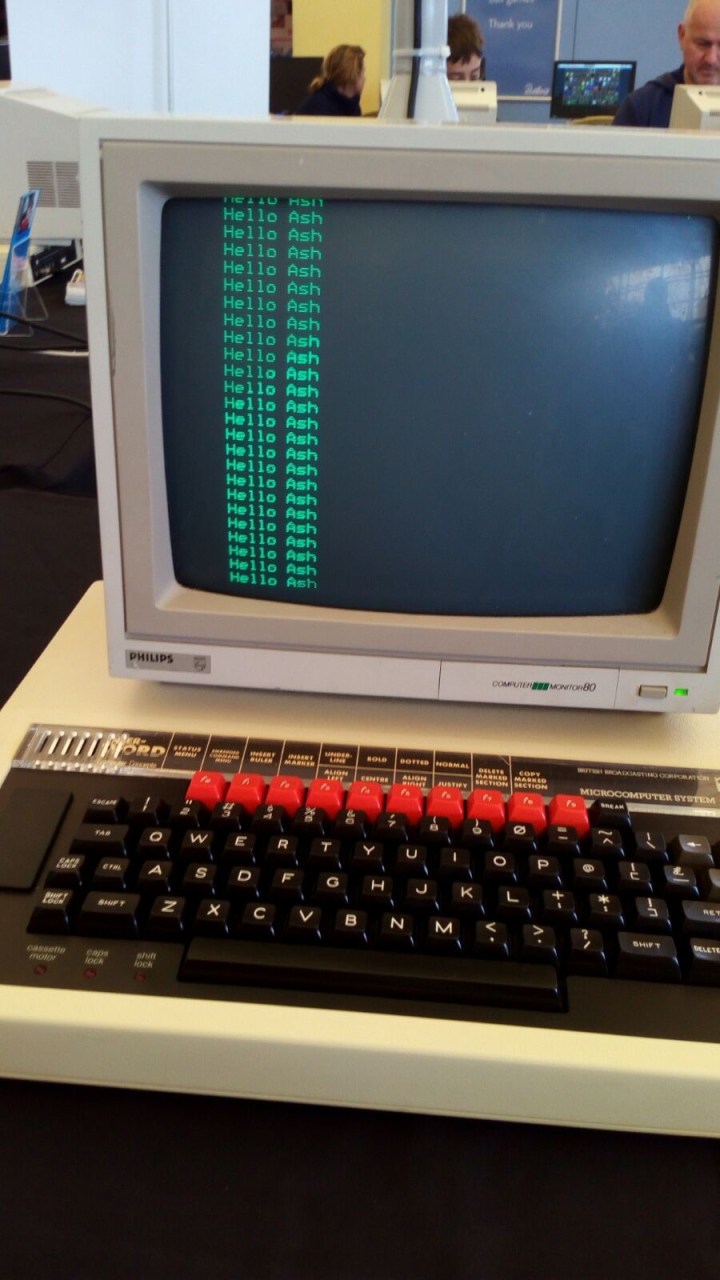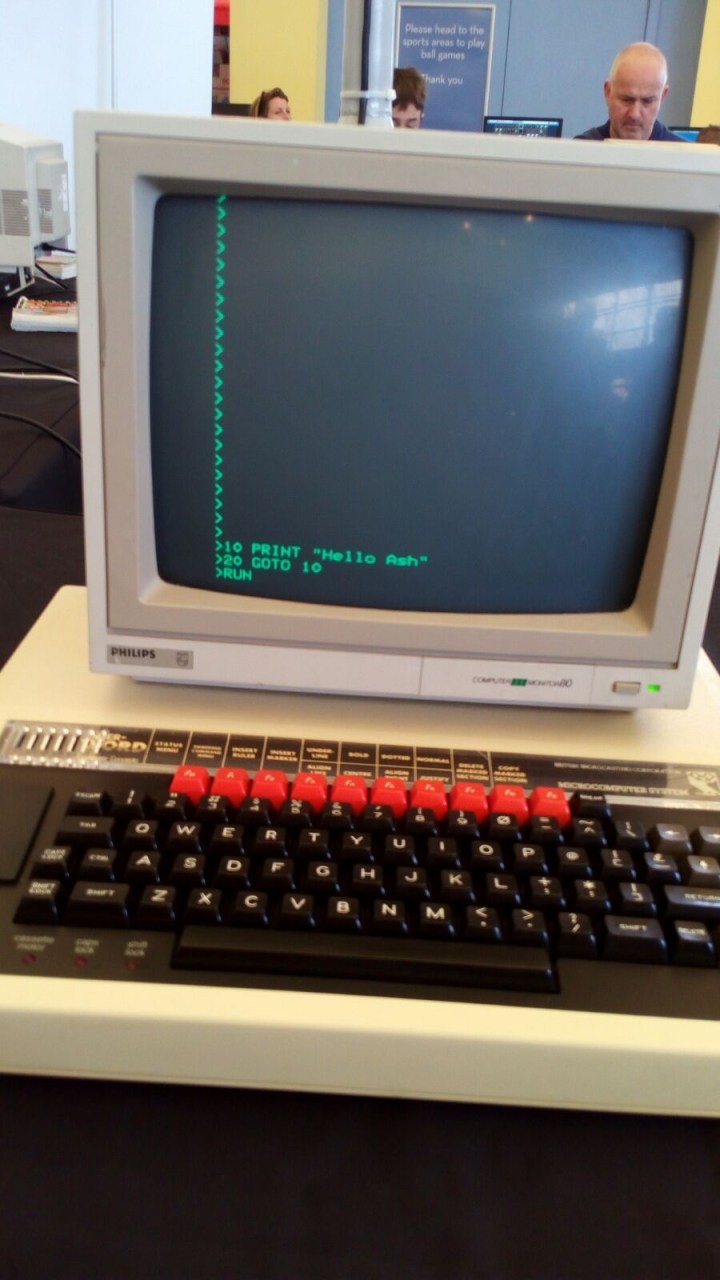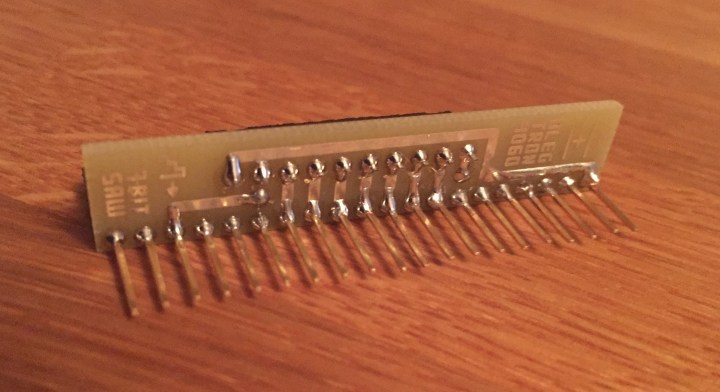

I actually got these two working a long time ago, and they do work quite well, if being a bit limited, but they’re fun and that’s fine.
However, I was thinking the other day that I should give it a go with some of the other little modular things I have. The colossus sequencer has a CV out so should work with some of my other bits and pieces.
There’s an experiment or two in there I think.











